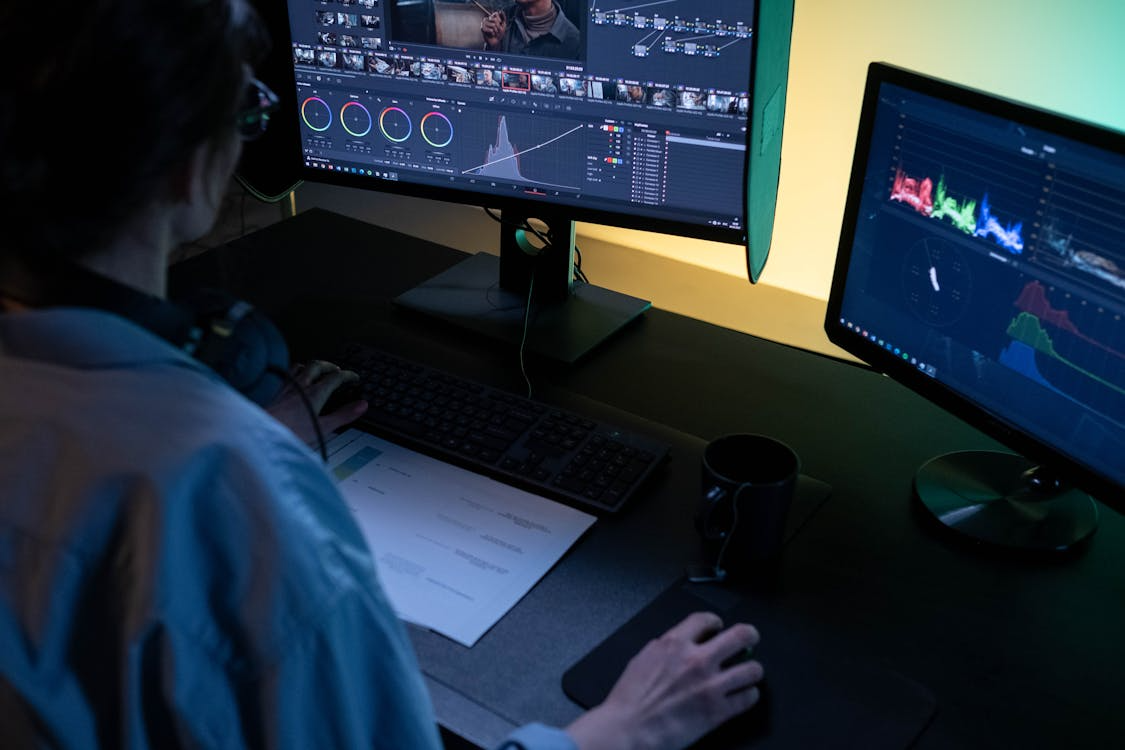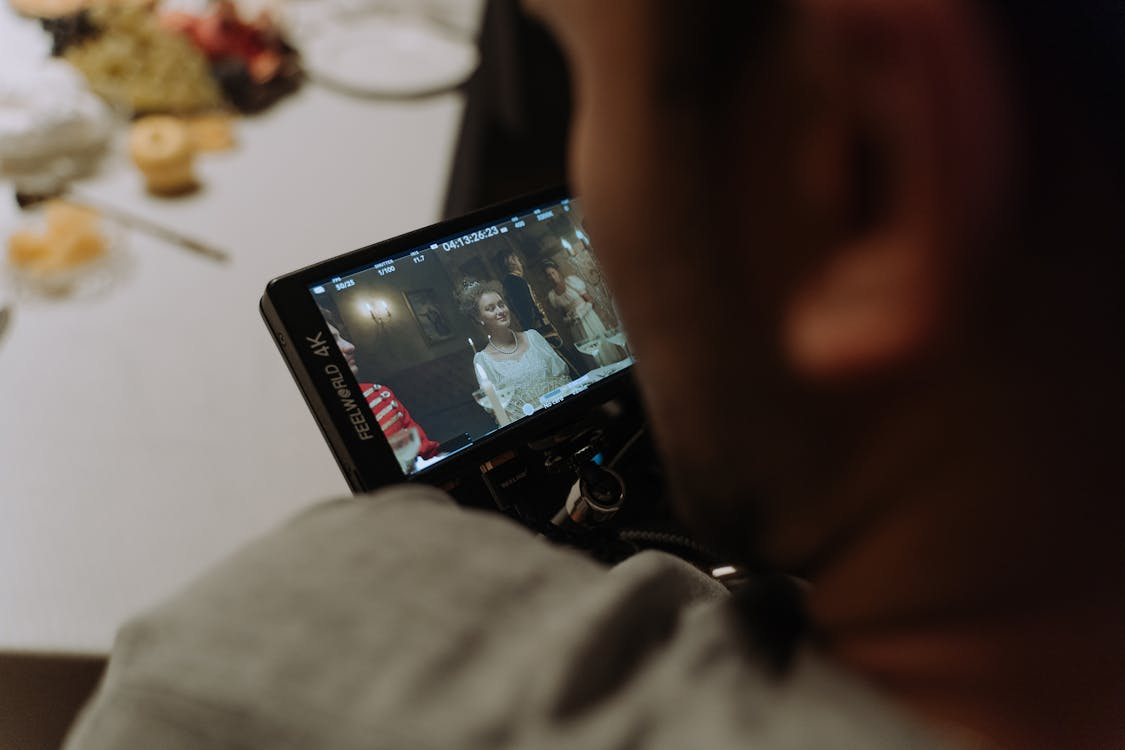The digital world is awash in video. A staggering 82% of all consumer internet traffic is now video, a figure once a distant forecast by Cisco that has become our current reality. This seismic shift in how we consume information and entertainment has ignited a voracious global appetite for content, particularly the snackable, engaging format of short-form dramas. As these narratives cross borders, a critical need has emerged: localization. This is no longer a mere afterthought of translation but a sophisticated art form, essential for creators and platforms to capture hearts and minds in a crowded global marketplace. Forecasts indicate this trend is not just continuing but accelerating, with the multimedia localization market poised for significant growth through 2026 and beyond.
The dominance of video, propelled by platforms like TikTok, YouTube Shorts, and Instagram Reels, has fundamentally reshaped content strategy. Short-form dramas, with their condensed, emotionally charged storytelling, have proven particularly potent in this landscape. Their brevity and narrative punch make them ideal for mobile consumption and highly shareable, capable of going viral in an instant. However, the very elements that make them compelling—cultural nuances, humor, and idiomatic dialogue—are often the most difficult to translate.
This is where the burgeoning field of multimedia localization comes into focus. It’s a discipline that goes far beyond simple subtitles. Effective localization is a deep cultural adaptation, a process of "transcreation" where the original message, tone, and emotional impact are meticulously reshaped to resonate with a new audience. This can involve everything from adapting scripts to reflect local dialects and social norms to recasting on-screen graphics and even adjusting the pacing of edits to suit different cultural preferences.
Looking ahead to 2026, several key trends are set to define the future of multimedia localization:
AI-Powered, Human-Perfected Workflows: Artificial intelligence is revolutionizing the speed and scale of localization. AI-driven tools for transcription, initial translation, and even synthetic voiceovers are becoming increasingly sophisticated. However, the creative and cultural core of localization remains profoundly human. By 2026, the industry standard will be a hybrid model where AI handles the heavy lifting, freeing human linguists and cultural consultants to focus on the nuanced, creative aspects that ensure authenticity and emotional connection.
The Rise of Niche Markets: As major language markets become saturated, content creators will increasingly target niche linguistic and cultural groups. This "long-tail" of localization will require a deeper understanding of specific regional contexts and a more agile approach to content adaptation.
Hyper-Personalization: The next frontier is not just localizing for a country but personalizing for a community or even an individual. Leveraging data and AI, platforms will be able to offer dynamic localization, tailoring elements like subtitles, dubbing, and even in-content references based on user preferences and demographics.
In this evolving landscape, static, one-size-fits-all content will fail to engage. To succeed, creators and platforms must embrace dynamic and adaptive strategies. One powerful, yet underutilized, tool is the interactive demo. Imagine a short drama where a viewer can toggle between different localization options—comparing a literal subtitle translation with a more culturally adapted one, or switching between a standard dub and a voiceover that incorporates regional slang. This not only serves as a compelling marketing tool for localization services but also educates the audience on the value and complexity of cultural adaptation.
Furthermore, interactive elements can be woven into the content itself. A localized short drama could include branching narratives or interactive polls that are culturally relevant to the target audience, transforming passive viewing into an active, engaging experience. This level of adaptation fosters a deeper sense of connection and brand loyalty.
The data is clear: the torrent of video traffic will only continue to rise, and with it, the demand for content that speaks a global language with a local accent. The rise of the multimedia short drama is a reflection of a deeply interconnected world, presenting both a challenge and an immense opportunity. For creators and platforms ready to meet this moment, partnering with specialists is a critical strategic advantage. Expert providers like Artlangs, which has mastered the art of adapting multimedia short dramas into over 230 languages, represent the specialized capability required to navigate this new global frontier. For those who can skillfully adapt not just their words but their entire creative vision, the opportunities to connect with a worldwide audience are limitless. The future of entertainment will not just be streamed; it will be localized.











